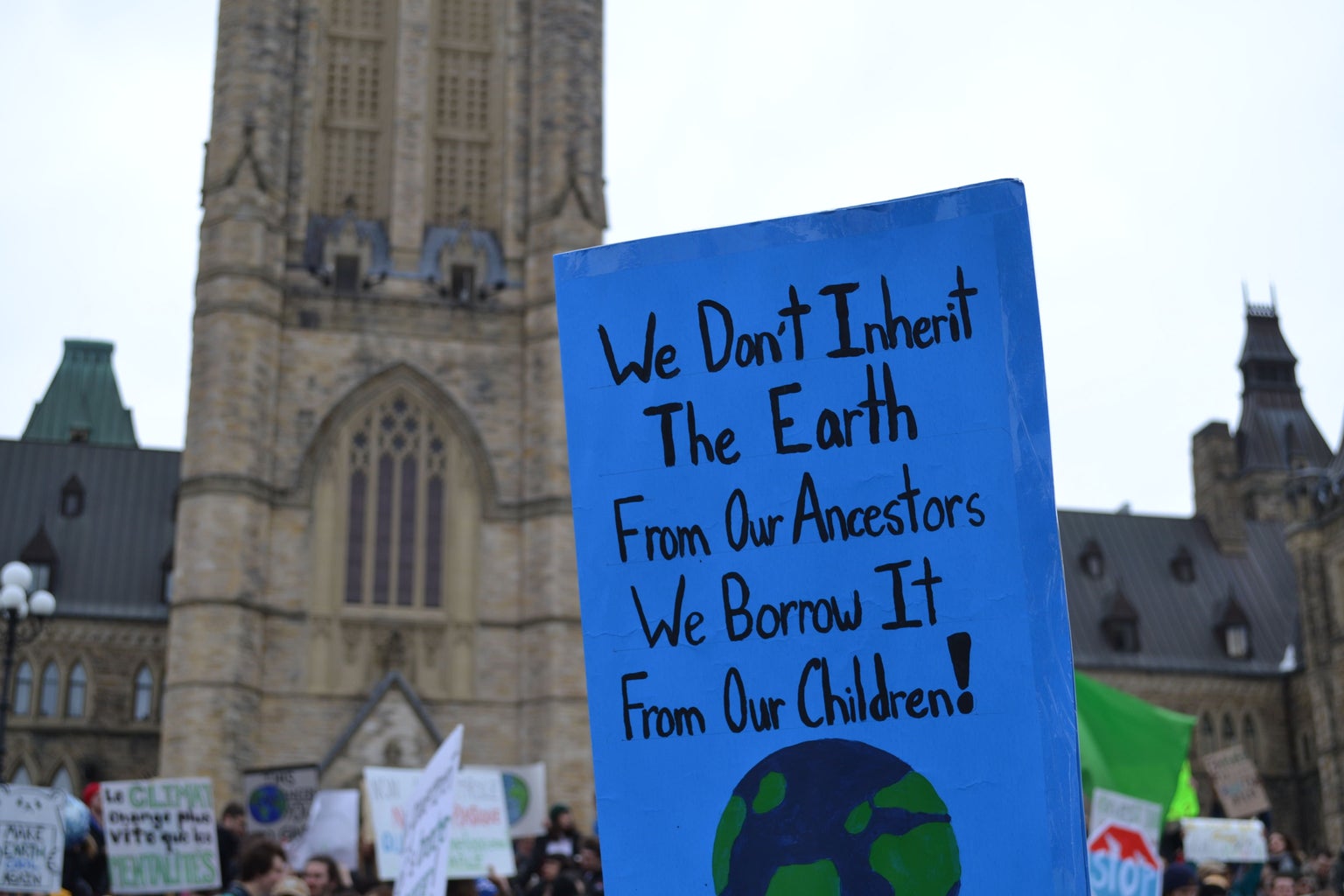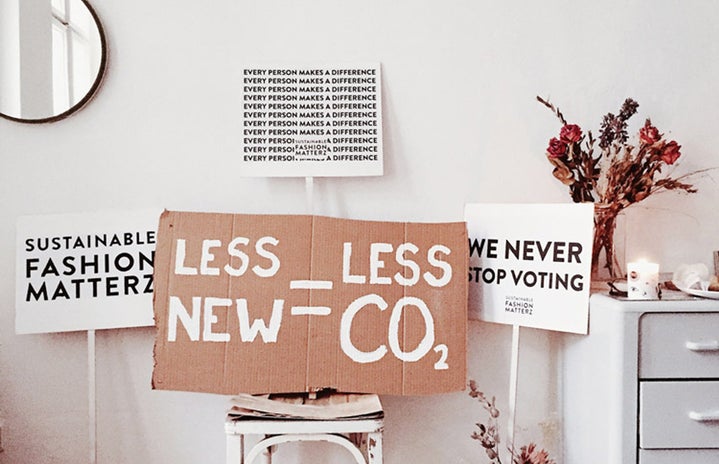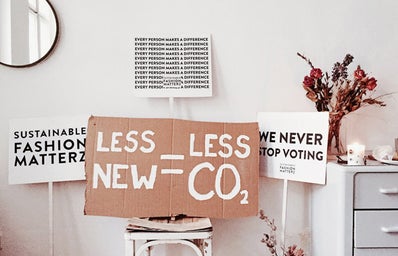Another Earth Day has come to pass! (And my birthday! (It was the 23rd!) I love that I almost share my birthday with the celebration of Mother Earth.)
Earth Day is celebrated by many and often a day of education. Teachings of how to be more environmentally conscious, how to reuse certain materials beneficially and exactly why we should be finding alternatives to some of our beloved materials are often spoken about. While Earth Day is an important international holiday, every single day should and needs to be Earth Day.
I’m sure you’ve been hammered with a ton of facts about our warming climate, our polluted resources and even ways to live more sustainably; However, there are so many things that you (and I!) don’t know and we should.
There are several platforms to get information on nowadays, although you should be wary of some and do your research. Overall, there are a lot of people dedicated to bringing awareness to so many different things regarding our planet and there are numerous things we can do ourselves.
Nowadays, it seems like social media has brought thrifting to an even bigger audience than what once was, especially among younger people. They’ve almost made thrift stores a trend rather than a regular, reliable store.

1. Just because thrifting is a better alternative to fast fashion, that doesn’t mean you need to stop supporting regular clothing businesses.
While buying second-hand is environmentally friendly, reduces our carbon footprint and lowers emissions from shipping, we shouldn’t shame anyone for buying their clothing from websites or chain stores that mass produce. Some people cannot afford to splurge on expensive clothing or may not even have a thrift store near their location. (This makes online shopping from fast fashion websites an easy option.) “Affordable” clothing for one person could be too much money for another. There are also limits to thrifting: most people aren’t comfortable with buying used underwear, bras, or socks at thrift stores. Also, there are just certain styles and sizes people prefer and need that might not be available in a second-hand shop.
2. If you have the money to spare, try shopping from sustainable clothing brands or smaller-owned businesses that aren’t thrift stores.
When it comes to sustainable brands, you could be supporting a company that puts a lot of thought into its business while also having a piece of clothing that is of high quality and will last a long time. If you can afford to, try to support smaller sustainable businesses… Your single purchase could mean that someone gets to pay their bills, buy groceries, or even expand their business in some way. Doing so will limit your own contributing to the amount of waste and pollution produced by the fast fashion industry. Buying from somewhere other than thrift stores allows others who can’t afford pricier sustainable brands to have the opportunity to find sustainable clothes they *can* afford.
3. When buying clothes and making outfits, the baggy look is a huge trend nowadays but makes it harder for people of that size to find clothing.
Everyone is different when it comes to the clothes they feel most comfortable in. Many people like thrifted oversized t-shirts, but what happens when we (meaning those of us who can fit in a shirt or pair of pants that are a few sizes smaller and still be comfortable) buy them all up? That limits the options for people that need that size of clothing and can’t afford to go somewhere else. It is already hard enough for mid-size to plus-size people to find clothes that fit them in general, so why make it a trend to buy up all of the super affordable options they have? We need to be conscious of the people around us. Many of us are privileged enough not to have to think about certain things when it comes to money, natural resources, a home, food, clothes, etc., but many others have to think about those things; people who we live around and see day-to-day. Be mindful of others and their needs.
4. An important factor in selling or donating clothes is to remember that durability counts.
If you do end up buying clothing from a mass-produced business and it either doesn’t fit or you end up disliking it and want to give it away, be wary that many shops might not take the clothes. The clothing that is made cheaply isn’t made to be that durable and just because “it’s still clothing” doesn’t mean that anyone can wear it. If you are thinking about giving or selling clothes to your local thrift stores or consignment shops, just make sure to call or go on their website to see what they will accept and what they won’t.
5. One last important reminder is supply and demand and the power of your wallet.
Trends of supply and demand show businesses what the people want. If we keep giving our money to industries that exploit their workers, cause non-stop environmental degradation and deliver both cheaply priced (mostly good) and cheaply made clothes (mostly bad), then we are telling them that all of the harm they do is justifiable because we will continue to monetarily support them. It is more beneficial, in the long-term, to show support for companies that take the time and dedication to sourcing their materials sustainably, make sure their workers are getting paid adequately and are treated fairly. The fashion industry is darker than it seems and a lot of injustice occurs daily with sweatshops and child labor, businesses causing environmental harm and polluting the land and ocean, and then not taking responsibility or accountability to clean it up.
Most environmental issues are interconnected with society, how we react to problems, and things we are conditioned to follow like societal norms. We have these ongoing troubles and some may never be able to be reversed, but there are things we can do to help. We as individuals can only do so much when there are policymakers and business leaders who won’t change their ways, but something as simple as thinking a little more about how you shop can be beneficial.
Here’s a list of some sustainable fashion brands:
More Affordable (typically $0-$100):
ABLE
Kotn
Pact
Patagonia
tentree
More on the expensive side (typically $100-$150+):
ABLE
EILEEN FISHER
Tradlands
Sézane



